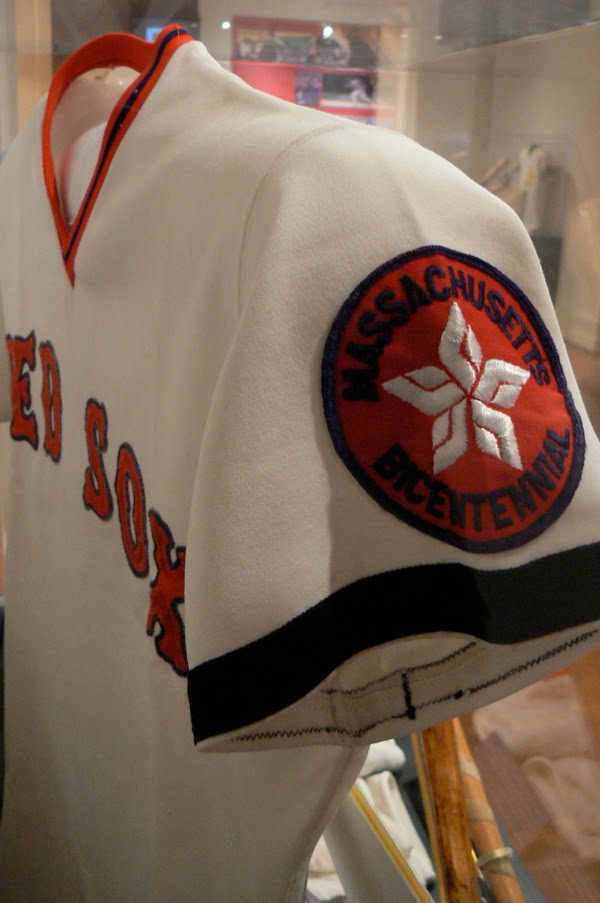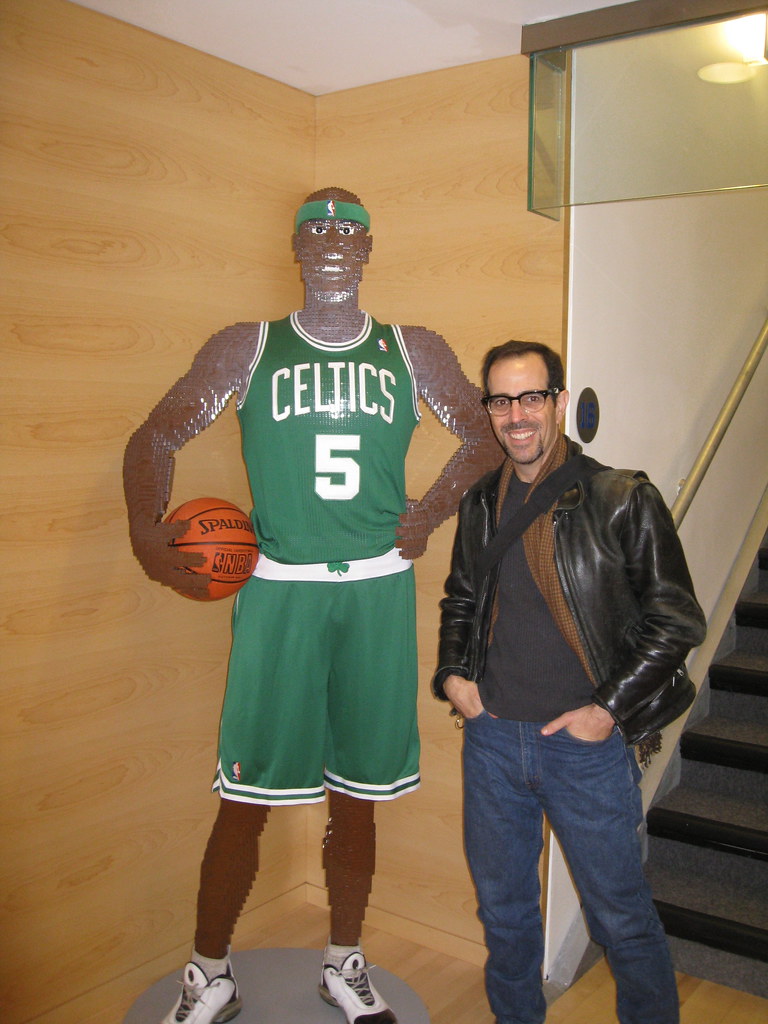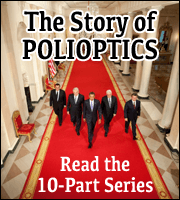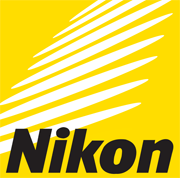Ashley Parker, Angus King and Paul Lukas are our guests this week.
Special guest co-host Kevin Sullivan, former Director of Communications for President George W. Bush.
Show produced by Katherine Caperton.
Original Air Date: July 28, 2012 on SiriusXM “POTUS” Channel 124.
Polioptics airs regularly on POTUS on Saturdays at 6 am, 12 noon and 6 pm.
Follow us on Twitter @Polioptics Listen to the show by clicking on the bar above.
Show also available for download on Apple iTunes by clicking here.
This week: Citius, Altius, Fortius. Or, for those not versed in Latin: Faster, Higher, Stronger – the motto of the Olympics which, after seven years of preparation, is finally underway now in London.
Mitt Romney’s been in London, too, beginning the ritual that’s fast becoming a tradition for presidential challengers: showing your chops overseas. Let’s just say it’s been challenging. Paraphrasing the Telegraph, the former Massachusetts Governor’s charm offensive has been short on charm and long on offensive.
Here is a compilation of some of the early video from the stop in London:
[youtube]L_N2RwXvbSU[/youtube]
And for comparison, courtesy of our friend Arun Chaudhary, is a much more sedate two minutes from Arun’s archive as the former First Cameraman of the Obama 2008 campaign when Senator Obama made London one of his stops on his own mid-election foray overseas:
[youtube]lkAbqZd5c9o[/youtube]
So what’s going on here? Others may have covered this territory, but I think there are five things:
- Romney picked the wrong time to visit London. He touched down one day before what might be the most prideful moment the Brits have experienced since V-E Day. Any interloper looking for the media spotlight during their moment in the sun was bound to ruffle feathers. By contrast, when Senator Obama arrived for talks with Gordon Brown and others, it was business as usual in the City.
- Too much background noise. In a previous post, I praised Garrett Jackson’s tweets and photos from behind the scenes of the Romney Campaign. I still think it’s a good thing, but with the Romneys enjoying the pomp and pageantry, and all the chatter about dressage, Jackson’s tweets have revealed more sightseeing than might be proper for a presidential candidate in the throes of a brutal campaign.
- When we were planning overseas visits for President Clinton, we craved “the sit down” with one of the Big Three U.S. news anchors. The Romney team went for it, and got it, with NBC’s Brian Williams, but it backfired. Note to campaigners: overseas sit-downs often backfire, as they did with President Clinton, as anchors often press hard on domestic issues despite the exotic interview backdrop.
- Jet lag is to a candidate what Kryptonite is to Superman. Candidates make mistakes when they are tired. Romney was just off a Great Circle hop from Reno, Nevada to London Heathrow, an unusual routing and a schlep that will wear on anyone. Watching the close-ups of Romney in HD in the Brian Williams interview, even before the backlash started, he looked, to my eye, more worn out than I have seen him in this campaign.
- Watching Romney make that initial misstep in questioning Olympic preparedness, I imagined what he must have been like in interviews with Salt Lake Olympic organizers before they handed him the reins of the Games. He was the consultant-analyst, dissecting the usual causes for logistical and security snafus, rather than the diplomat massaging the national British ego.
But that’s only my view, taking it all in on the tube and the Web from 3,000 miles away.
In this episode of Polioptics, for a view closer to the action, Kevin Sullivan and I checked in with our friend Ashley Parker of the New York Times, who was in London, following the governor and savoring the fish and chips. When we talked to Ashley, it was the first day of the trip. The backlash had started, but hadn’t yet reached its crescendo. Before she boarded the plane with Governor Romney for the next leg of the trip, Israel, Ashley filed a more fulsome “Political Memo” for the Times that dissected the difficult first leg of the trip.
* * *
Another former New England governor, Angus King, also made a big trip this week, but he kept his journey grounded on the seat of a Harley Davidson. Governor King, who served two terms from 1994 to 2002, is vying to replace Republican Senator Olympia Snowe, one of the few remaining moderates in the body. When Snowe announced her retirement earlier this year, she admitted to being exhausted by the partisanship in Washington.
In a previous Polioptics episode with Mark McKinnon, we talked about Governor King, and I wrote more about him last week (yeah, I’m a Mainiac). In short, I think this race is historic and important, and not just because I’ve been friends with his sons, Angus and Duncan, for nearly 20 years. If King wins, and is joined by a few more independents in the Senate, it will certainly help to bridge the partisan divide.
[As of 2012, the largest party affiliation in the U.S., at 40%, is no party, or independent, according to Gallup. In the same survey, Democrats self-identified at 31% and Republicans self-identified at 27%. If, in coming years, more Independents were offered strong, well-organized, well-financed candidates to vote for, Governor King’s vision would have a shot at reality.]

Angus King on his ride
As a polioptician, I had to marvel at the governor’s 600 mile route, from Fort Kent to Kittery, and his chosen mode of transportation, a Harley Davidson. In 2010, Scott Brown helped to define himself as an Everyman in his race for the U.S. Senate in Massachusetts through the uniform of the Carhartt work jacket and the pickup truck in which he often drove himself from event to event.
Similarly, King ventured to the northernmost tip of Aroostook County and rode his Harley along the rural byways with a team of outriders to Kittery, the southernmost spot in Maine. It’s a trip that he says he takes every year, an alternative to his other favored mode of transport, the RV. When he left office in 2002, the first thing King did was pack his wife and family into the Winnebego for a 15,000-mile circumnavigation of the nation.
When I helped Hollywood producer Mort Engelberg plan bus tours for candidate Bill Clinton in 1992 and, in 1996, a monumental train trip from Huntington, West Virginia to Michigan City, Indiana prior to the Democratic National Convention, one of the most interesting parts of the planning would comes at the outset, when we took out a map and plotted the route that would intersect with the most diners, truck stops, curio shops and other places of interest.
In his conversation with Kevin and me, Governor King, his saddle still sore from his just-completed trip, took us through his route, stop-by-stop. Grab an atlas and map it out for yourself. Better yet, take the route yourself next summer:
Monday, July 23 – Fort Kent to Calais
8 a.m. Breakfast at Doris’ Café
9 a.m. Start the ride in Fort Kent. Continue along Route 1 through Caribou, Presque Isle, Mars Hill, and on to Houlton.
Noon – 2 p.m. Lunch at The Elm Tree Diner, 146 Bangor St., Houlton. After lunch the ride continues down Route 1 to Monday’s final stop, Calais.
4 p.m. Gather at Calais High School, 34 Blue Devil Hill.
Tuesday, July 24 – Calais to Bangor
9:30 a.m. Start the day in Calais and continue on Route 1/190 to Eastport.
10 – 11:30 a.m. Ocean Renewable Power Co.’s Eastport dedication of Cobscook Bay Tidal Energy Project, the first commercial, grid-connected ocean energy project in the nation.
1 – 2 p.m. Lunch at Helen’s Restaurant, Route 1, Machias. After lunch we’ll follow Route 1 through Jonesboro, Columbia Falls, Harrington, and Cherryfield. Then onto Route 193 through Deblois and continue on Route 9 to Bangor.
4 p.m. Gather at Dysart’s Truck Stop & Restaurant, 530 Cold Brook Rd, Bangor.
Wednesday, July 25 – Bangor to Bethel
Start the day in Bangor, ride along Route 2 through Hermon, Etna, Newport, Skowhegan, Farmington, Wilton, stopping in Dixfield for lunch.
Noon – 2 p.m. Lunch at The Front Porch, 6 Hall Hill Rd., Dixfield. Continue along Route 2 through Rumford, stopping in Bethel for the night.
4 p.m. Gather at Mahoosuc Realty parking lot, 16 Parkway Rd., Bethel
Thursday, July 26th – Bethel to Kittery
8 a.m. Start the day in Bethel, ride down Route 26 to South Paris, Route 121 to Oxford, Poland, then Route 4/202 through Windham, Standish, Waterboro.
10 – 11 a.m. Mid-morning stop at Blast from the Past Diner, 114 Sokokis Trail (Rt.5), E. Waterboro. Continue along Route 4/202 through Alfred and Sanford; proceeding onto Route 9 to Kittery.
12:30 p.m. Gather at the Kittery Trading Post, 301 US Route 1, Kittery.
* * *
When I’m asked how I got the original idea for Polioptics, I point to this 2008 article in the New York Times. The article has very little to do with politics or optics. Rather, it’s about a feasting ritual called the Beefsteak commonly associated with firehouse fundraisers and the like. The article was written by Paul Lukas and was a delight to read. I quickly signed up for the next Beefsteak I could find on the community calendar.
But the other great thing about the article was discovering what a master storyteller Paul is. What else has he written, I asked? Google Paul Lukas, and you’ll find UniWatch, the vast archive of analysis of athletics aesthetics that is the tip of the iceberg of Paul’s oeuvre. What a discovery for me (and tens of thousands of others) who call themselves sports fans but who, for the expanse of their lives watching games in the stands, on TV or trolling through newspapers and magazines, allow their eyes to be drawn to the minutiae of what teams put on the playing field (or the court, ice rink or any other venue) beyond the athletes themselves.
 Paul calls UniWatch “the obsessive study of athletics aesthetics,” and he writes brilliantly and links prolifically, not only on Uni-Watch.com but also in his frequent columns for ESPN.com. If his beat are the uniforms, hosiery, footwear, headgear and every other accoutrement in sports, his model inspired me to dive deeply into my own passion, political stagecraft. I could never devote the time to Polioptics that Paul puts into UniWatch, and I can’t hold a candle to him on the keyboard, but his site, which was built by John Ekdahl, the builder of this site, set the stage for what you’re reading now.
Paul calls UniWatch “the obsessive study of athletics aesthetics,” and he writes brilliantly and links prolifically, not only on Uni-Watch.com but also in his frequent columns for ESPN.com. If his beat are the uniforms, hosiery, footwear, headgear and every other accoutrement in sports, his model inspired me to dive deeply into my own passion, political stagecraft. I could never devote the time to Polioptics that Paul puts into UniWatch, and I can’t hold a candle to him on the keyboard, but his site, which was built by John Ekdahl, the builder of this site, set the stage for what you’re reading now.
Frequent readers know I grew up in Boston in the 1970s, where four pro teams, the Red Sox, Celtics, Bruins and Patriots, each contributed classic uniforms to their respective leagues. Those uniforms have changed modestly over the years, the Pats most strikingly. But in their standard “home” and “away” unis (and when the Pats put on their throwbacks), no teams look better. Isn’t that what hometown boys are supposed to say? When I went to summer camp in 1976, I asked my mom to sew on each pair of my cut-off shorts the same bicentennial patch that the Sox wore for their historic 1975 run to the World Series.
 When I started following politics closely, in the 1970s and 1980s, I realized that presidents, too, brought a particular uniform onto the field. Richard Nixon wore his wingtips on the beach. Gerald Ford was comfortable smoking a pipe. Jimmy Carter, in his fireside chats, briefly brought the cardigan back in vogue, the most attention paid to a political casualwear until Rick Santorum popularized the sweater vest. Ronald Reagan was perfectly elegant for the 1980s, with George H.W. Bush enlivening interest in Brooks Brothers and J. Press. When we staged a South Lawn birthday celebration for Bill Clinton in 1985, held a day or so before he and his family embarked on their Jackson Hole summer vacation, I loaned the president my suede vest to accessorize him accordingly for our western-themed send-off (Jimmy Buffett was on hand to sing Happy Birthday).
When I started following politics closely, in the 1970s and 1980s, I realized that presidents, too, brought a particular uniform onto the field. Richard Nixon wore his wingtips on the beach. Gerald Ford was comfortable smoking a pipe. Jimmy Carter, in his fireside chats, briefly brought the cardigan back in vogue, the most attention paid to a political casualwear until Rick Santorum popularized the sweater vest. Ronald Reagan was perfectly elegant for the 1980s, with George H.W. Bush enlivening interest in Brooks Brothers and J. Press. When we staged a South Lawn birthday celebration for Bill Clinton in 1985, held a day or so before he and his family embarked on their Jackson Hole summer vacation, I loaned the president my suede vest to accessorize him accordingly for our western-themed send-off (Jimmy Buffett was on hand to sing Happy Birthday).
But while presidential fashion changes with evolving styles, the enduring symbol of the office, the Presidential Seal, which was first introduced by Rutherford B. Hayes in 1877, has remained constant since 1945, when Harry Truman delineated its current specifications in Executive Order 9646. The 13 stripes on the crest and the 13 cloud puffs symbolize the original colonies. The olive branch and arrows in the eagle’s talons (with their 13 petals and arrowheads, respectively) symbolize the powers of peace and war. The only changes since then have been the additions of the 49th and 50th stars encircling the eagle to represent the additions to the Union of Alaska and Hawaii.

When Truman signed his executive order, he instituted one notable change in the Seal, which was described in a White House news release:
“In the new Coat of Arms, Seal and Flag, the Eagle not only faces to its right – the direction of honor – but also toward the olive branches of peace which it holds in its right talon. Formerly the eagle faced toward the arrows in its left talon – arrows, symbolic of war.”
In sports uniforms, as in politics, symbolism is everywhere. In our Polioptics conversation with Paul, Kevin and I asked him about a challenging question that Penn State must be facing now as it readies its football team to take the field again in the fall: should the university change its uniform from the classic, no-nonsense garb that has reigned for decades, and is instantly associated with Penn State, to something that signals a new era has begun?

Paul Lukas with one of my favorite uniforms
Not surprisingly, Paul has given this a lot of thought, beginning with a July 20 column for ESPN and followed up a few days ago with a sequel. His current solution, employing a symbol that honors tradition but suggests Penn State has reversed its course from the Joe Paterno days, is to retain the classic uniform but reverse the helmet colors, from white with a blue stripe to blue with a white stripe. With Penn State accepting its stiff penalty from the NCAA and with the removal of the Joe Paterno statue and its associated frieze from outside Beaver Stadium, this acknowledgement of a new direction seems to my polioptic eye like an elegant extra step.
Our conversation with Paul touched on many other subjects, from the brouhaha over the Ralph Lauren-designed uniforms for the U.S. Olympic Team to the NBA’s decision, which Paul opposes fiercely, to allow corporate advertising on game-worn uniforms beginning in the 2013-2014 season. Once a purist, always a purist, but you’ll find interesting Paul’s more substantive comments on the subject.
As you’re watching the Olympics this week with the audio on mute, have a listen to our show, and then dive into UniWatch. You may never make it back.


[…] I returned July 28 as guest co-host of the political-communications show, “Polioptics” alongside Josh King on Sirius XM’s POTUS Channel. Our guests were Ashley Parker of the New York Times (on Gov. MItt Romney’s overseas trip), former Maine governor and current U.S. Senate candidate Angus King (on the polioptics of his campaign motorcycle tour across the state) and ESPN.com columnist and UniWatch.com founder Paul Lukas (on the Olympics and much more). Show is available at Apple iTunes and Polioptics.com. […]